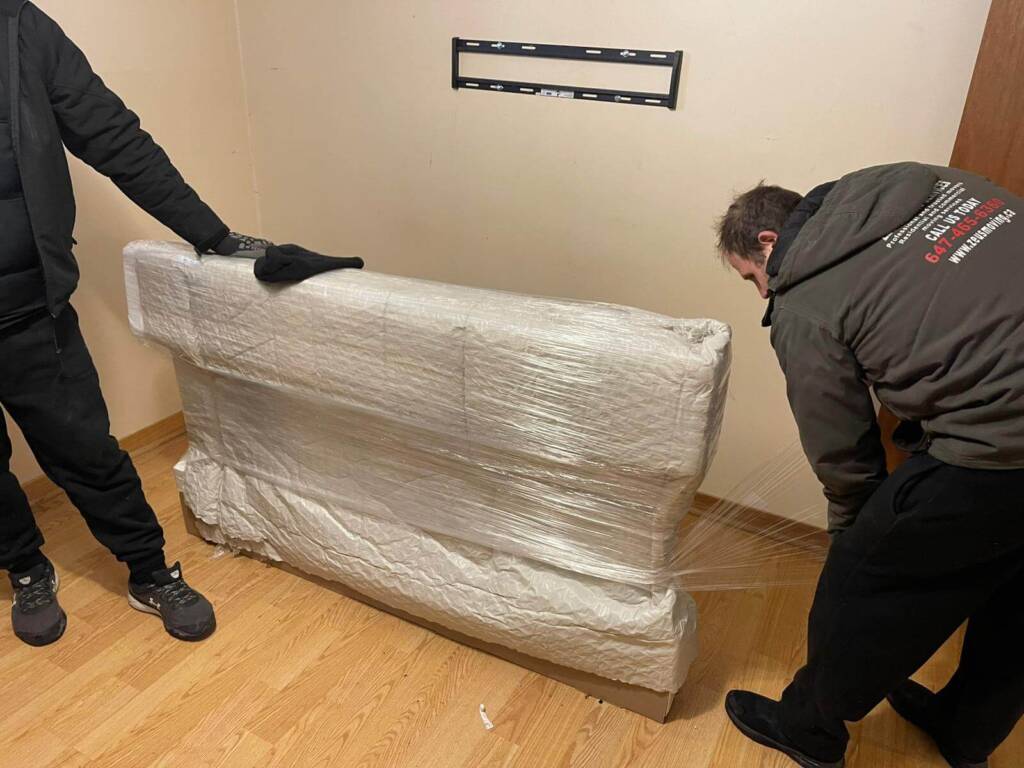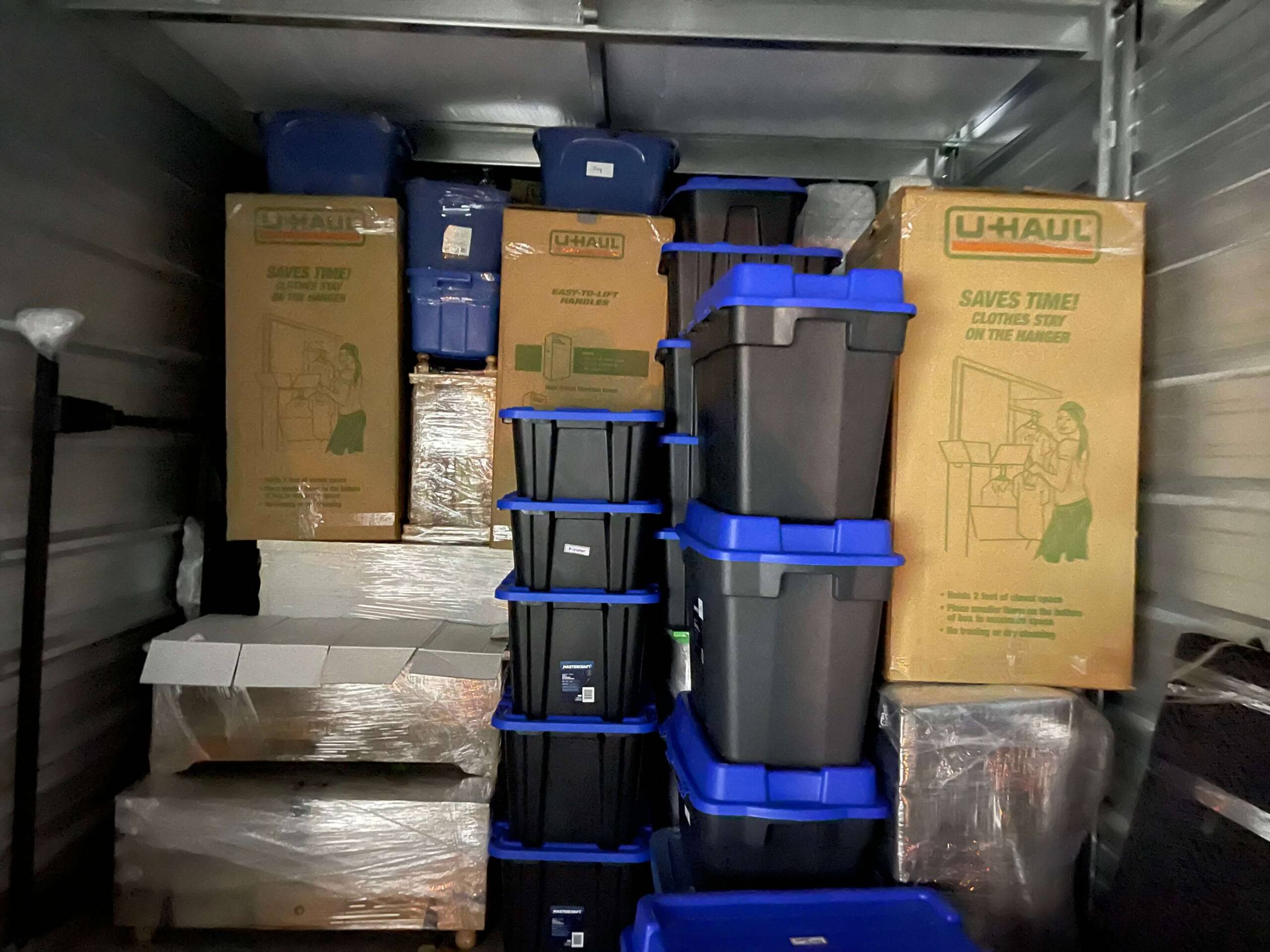Relocating an office is a challenging task that requires meticulous planning and execution to minimize disruptions to your business. An unorganized move can lead to downtime, loss of productivity, and stressed employees. Here’s a step-by-step guide to ensure your office move is smooth and keeps productivity intact.

1. Start Planning Early
Begin the planning process as soon as you know a move is happening. Create a timeline with clear milestones, including key dates for packing, moving, and setting up the new location. Early planning provides enough time to anticipate challenges and address them proactively.
2. Assemble a Moving Team
Form a team of employees to oversee the move. Assign specific roles and responsibilities, such as IT setup, vendor coordination, and packing supervision. This delegation ensures tasks are handled efficiently and no detail is overlooked.
3. Communicate Effectively
Inform your employees, clients, and stakeholders about the move well in advance. Provide updates regularly to keep everyone in the loop. Clear communication reduces confusion and helps employees adjust to the change.
4. Audit Your Office Inventory
Take stock of your office equipment, furniture, and supplies. Identify items that need to be moved, discarded, or replaced. Minimizing unnecessary items can streamline the process and reduce moving costs.
5. Work with Professional Office Movers
Hiring experienced office movers can make a significant difference. Professionals have the expertise to handle complex moves, ensuring equipment and furniture are transported safely and efficiently. They can also help with specialized tasks, such as relocating IT systems.
6. Prioritize IT Setup
Technology is critical to maintaining productivity. Back up all data before the move and ensure servers, computers, and other equipment are transported securely. Plan for the IT team to set up systems quickly at the new location to minimize downtime.
7. Schedule the Move Strategically
Choose a moving day that has the least impact on your operations, such as over the weekend or during off-peak hours. This scheduling reduces interruptions and allows employees to transition seamlessly to the new workspace.
8. Prepare Employees for the Transition
Provide employees with guidelines on packing personal items and setting up their new workstations. Offer a detailed layout of the new office to help them familiarize themselves with the space.
9. Test Systems Before Resuming Operations
After the move, test all systems and equipment to ensure they’re functioning correctly. Address any issues immediately to prevent further delays.
10. Celebrate the Transition
Once the move is complete, celebrate the successful relocation with your team. A small event or gesture of appreciation can boost morale and create a positive atmosphere in the new office.
Planning strategically and working with professionals can minimize disruptions and maintain productivity during your office move. A well-organized relocation sets the foundation for a smooth transition and continued business success.



